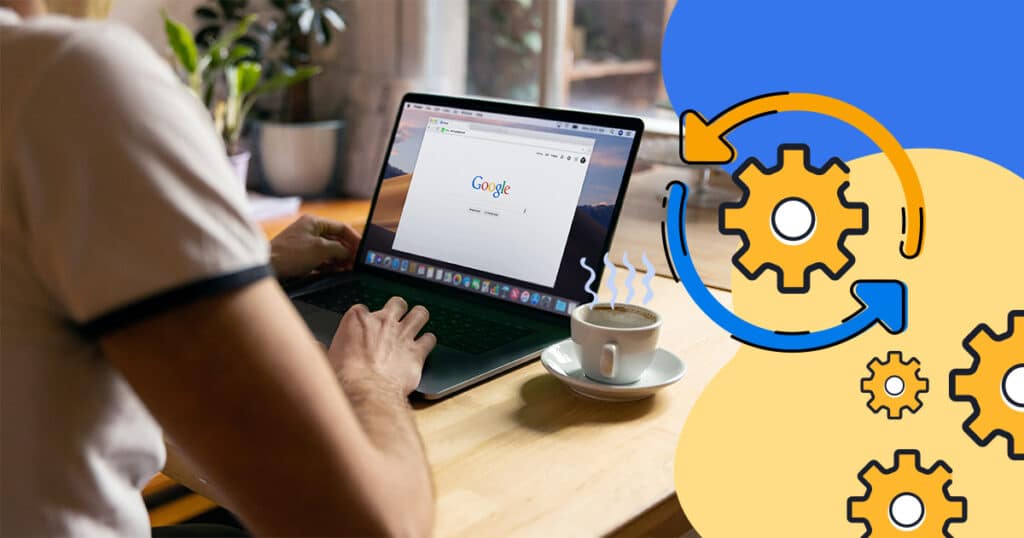Let the SEO games of 2024 begin! On February 2, 2024, Google revamped its SEO beginner’s guide. There, you can explore some fresh, up-to-date insights aligning with the latest updates to the world’s biggest search engine’s core algorithm.
For SEO newbies, it’s a fantastic read, especially if you aim to become a pro in the field. I always emphasize the importance of considering Google as your primary source in SEO.
One of Google’s key analysts, Gary Illyes, shared his thoughts on LinkedIn: “If you’re an SEO pro, reading about the basics might bore you, but there are tons of people out there still just thinking about dipping their toes into the scary waters of SEO. This guide is for them, and now it’s compact enough that you don’t need a bottle of Bunnahabhain (a type of whisky) by your side to read it.”
- What Changed in Google’s SEO Beginner’s Guide?
- What Was Removed from the Guide?
- What Was Added?
- 3 Insights from Google’s New Documentation
What Changed in Google’s SEO Beginner’s Guide?
The updated SEO beginner’s guide streamlined information that used to be confusing and overwhelming for beginners. Gary’s words above capture the essence, as the previous text was intricate, with excessive information explaining much of the same. Reading this SEO guide is now simpler!
While the original page had around 8,639 words, the updated document has approximately 4,058 words. In other words, the new version of Google’s SEO guide is 53% more concise than the original.
This is great! It aligns perfectly with what Google suggests today in terms of content: it should be useful and deliver a good experience. And that’s precisely what this revised guide offers. You’ll find highlights, images, a logical information hierarchy, and easier readability.
This will serve as inspiration for those still unsure about creating quality content for users.
What Was Removed from the Guide?
- Glossary Section: Google explained terms individually in the context of the page.
- Structured Data Section: Removed because Google deemed it “a more advanced topic beginners don’t need to think about.” Google suggested using plugins for those using a content management system (CMS).
- Mobile Compatibility Section: Google stated that “most new sites and platforms are already mobile-friendly,” so it wasn’t necessary in the beginner’s SEO guide.
- Site Performance Analysis Section: Google removed this to keep the focus on SEO beginners, stating that performance analysis is a “next step” and “a more advanced topic.”
What Was Added?
- Why Do This? Google incorporated sections aimed at answering questions like “Why should I do this?” and “Why isn’t this thing here?”
- What Is It? Google included an explanation of duplicate content in the duplicate content section and how to fix it, along with a new brief section dedicated to videos.
- SEO Theories and Ideas: A new section covering common SEO theories and concepts, highlighting areas where Google suggests people shouldn’t focus too much effort initially. Additionally, a new section was added to discuss the time it takes to observe the impact of actions taken in strategies.
Google added that it doesn’t expect to modify this initial guide but stated, “We will continue to refine our documentation to make it clearer and more accessible in the coming months.”
3 Insights from Google’s New Documentation
With changes in Google’s SEO beginner’s guide, we gained new insights with fresh information. Let’s dive in!
1. Objective and Concise Content Can Be Better Than Very Long and Winding Content
Reading articles on mobile devices has revolutionized how content is consumed, adapting it to user needs. Previously, seeking information on the internet required getting up and heading to a nearby desktop or laptop. Today, all information is available with just a few taps, and it doesn’t always require extensive content.
Despite the convenience of accessing content anytime and anywhere, the challenge of endlessly scrolling through a long article is noticeable.
The goal now is to find a balance: offering a web page that is precise and comprehensive on the subject without being overly long, providing a fluid and accessible reading experience, especially on mobile devices.
2. Internal Links and User Experience
Taking a practical approach to web content, focused on being helpful to readers, is crucial, and we already know that, right? Recently, during a Google test, it was revealed that user interactions strongly influence Google’s ranking algorithm, known as Navboost.
A patent associated with Navboost describes how user interactions can generate a document-level score, which can contribute to improving a site’s ranking. This highlights the importance of creating content that encourages positive interaction signals from users, which can, in turn, benefit the site’s ranking in search results.
This is something I’m proud to say Rock does! Rich internal links on relevant topics are a valuable strategy for connecting web pages in a way that’s useful for readers. This is because the context of the words around the link is directly related to the web page’s topic.
This approach makes more sense to users, as the link is inserted within a relevant context, making its purpose clearer compared to a link that is inserted without prior context.
3. Information Structure
A notable change in Google’s SEO beginner’s guide, as mentioned above, is how much easier the content is to read.
The order of the topics provides a logical progression from one topic to the next, like doors opening to the next room, one after another, linearly, making it easier to consume the entire document. In the previous version of the document, 31 H4 heading tags and 12 H5 heading tags were used.
The new structure of the guide is more topic-centered. It provides essential information concisely while offering readers the opportunity to access a contextually relevant link for more details on another web page. Therefore, the leaner format facilitates a better understanding of the topic by readers.
This teaches us, as in the previous point, that better-structured content with more objective information makes all the difference in the experience!
Finally, I hope you enjoyed these insights and apply them to your SEO professional life! Sometimes a simple document update can bring us valuable information!
If your company needs quality content production, check out WriterAccess, with a free 14-day trial to see how our freelancers can make a difference in your Content and SEO strategy!








